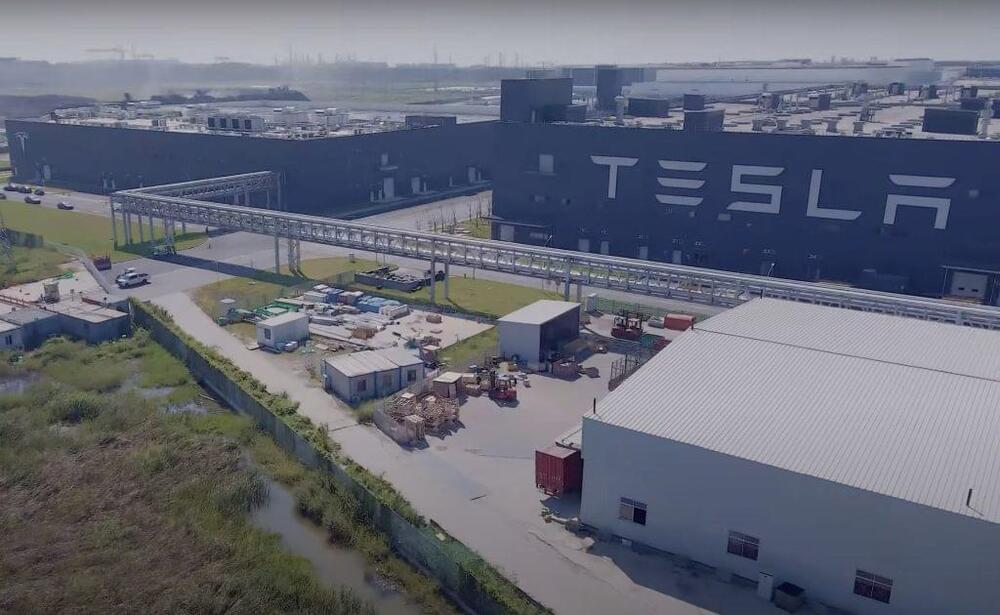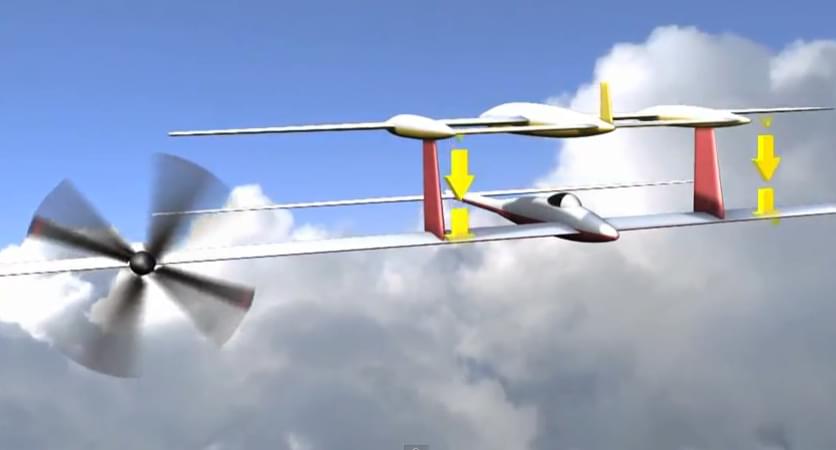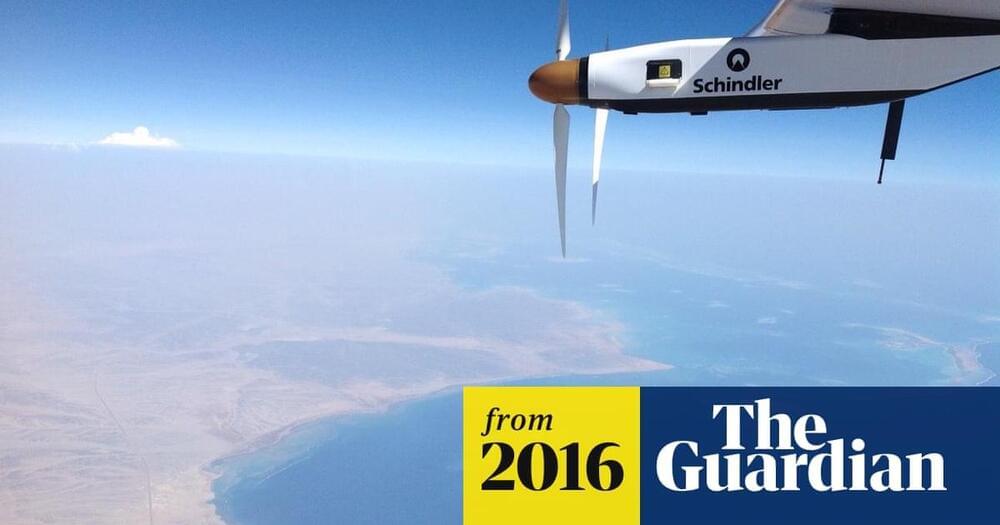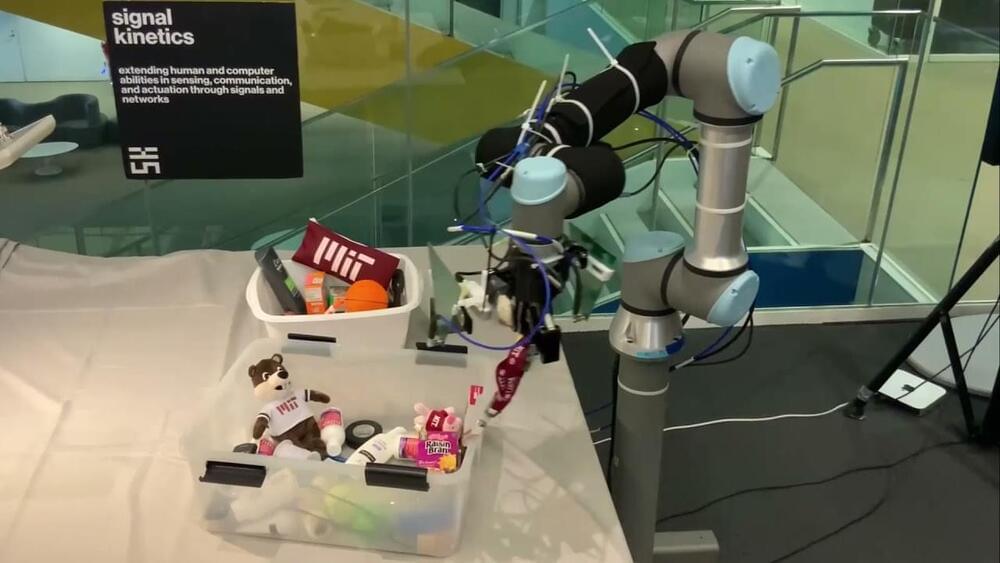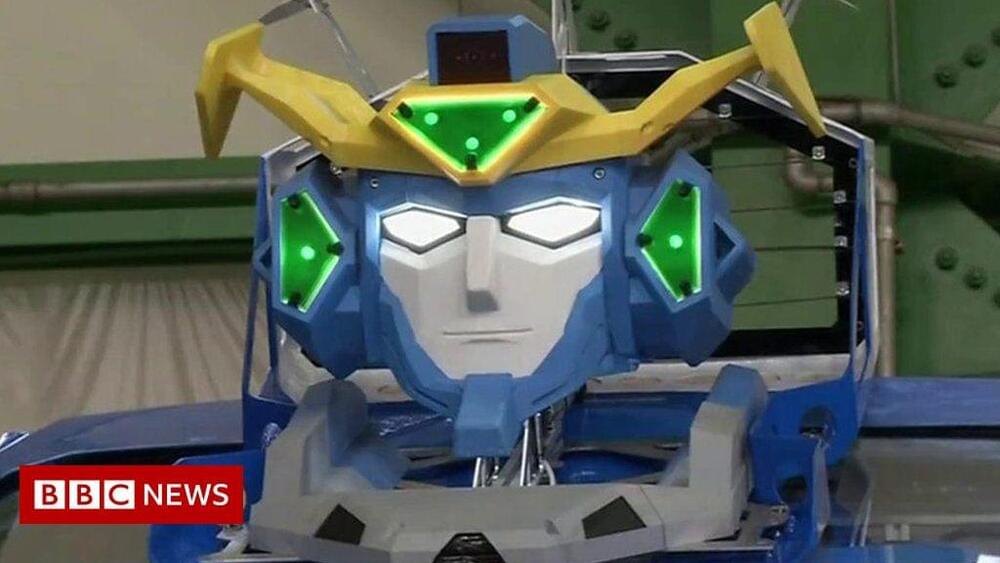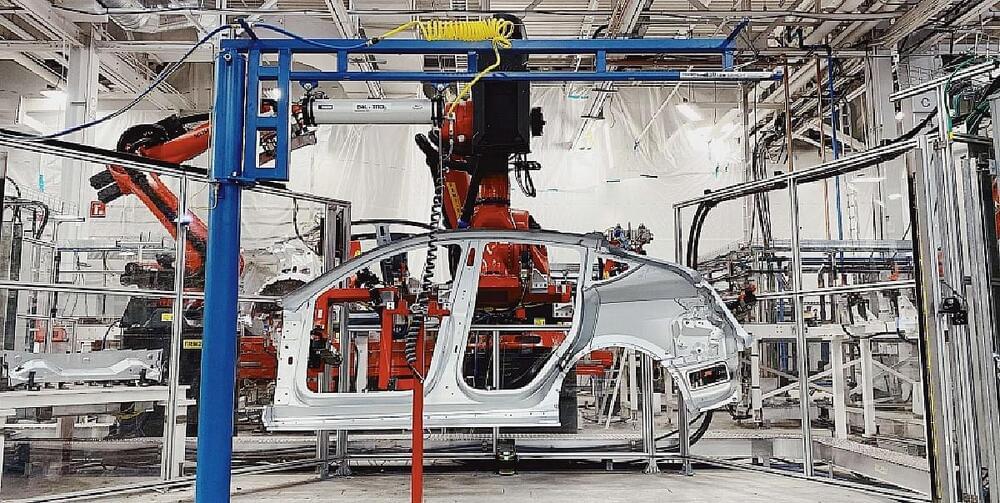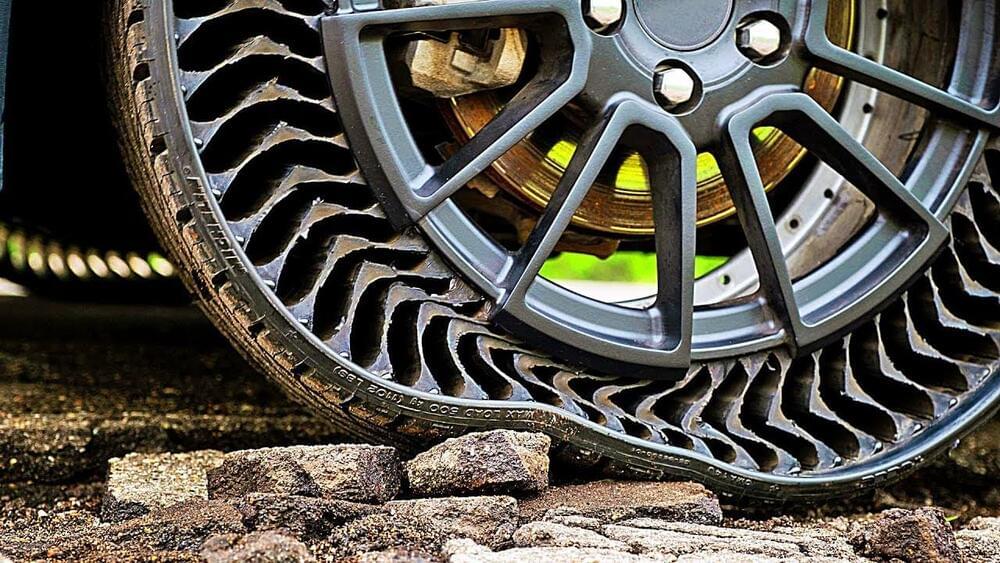How do you settle an argument with someone who’s clearly in the wrong? Well, you show them a live demonstration, even if it means putting your life on the line but in the end, you have to show them who’s the boss am I right?
That’s exactly what Destin Sandlin from SmarterEveryDay YouTube channel did by shutting off the helicopter midair to prove a point. A few years ago, Neil deGrasse Tyson had made a statement that “An airplane whose engine fails is a glider. A helicopter whose engine fails is a brick.” which did not sit well with the Youtuber and he decided to prove Tyson and everyone once and for all, that that statement was in fact wrong and the reality was different. The video was shot in 2016 but it has been making the rounds once again.
For his stunt, Destin took a flight around Widgeon Lake in British Columbia with Bradley Friesen, the helicopter pilot, and discussed whether a helicopter could land safely if its engine was busted. As it turns out, that landing a helicopter with a faulty engine is very much possible with a little trick called “autorotation” and that the helicopter need not fall straight down like a brick. So they decided to test the theory in real and turned off the helicopter engine mid-flight and still managed to land safely. But this doesn’t mean you should go and try this out in your private helicopter now just cause someone with more than 16,000 hours of experience demonstrated it for the sake of argument.

